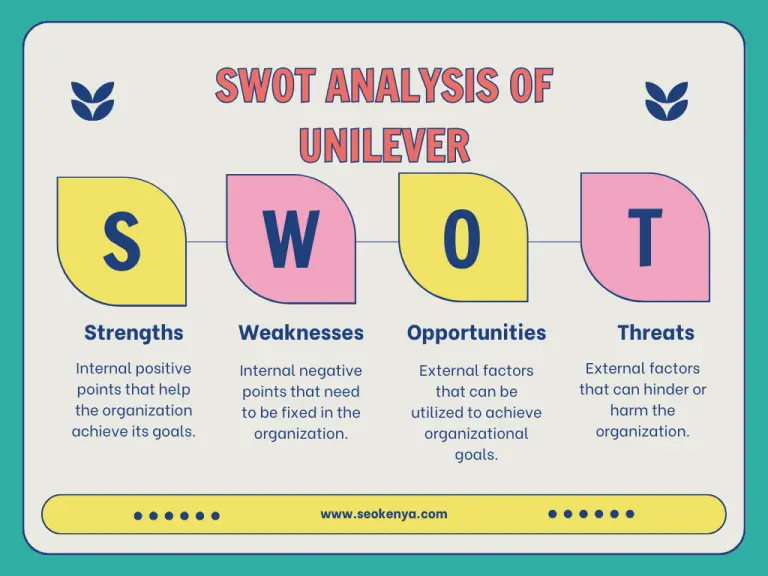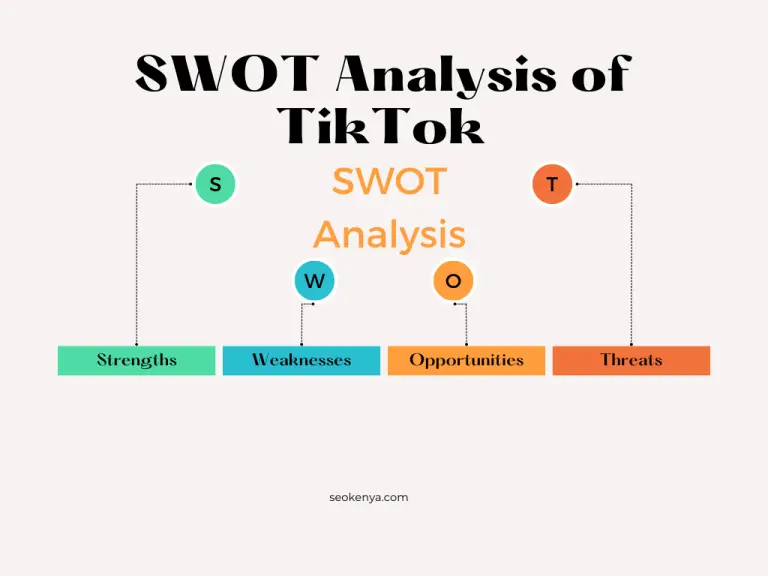In-Depth KFC SWOT Analysis: A Comprehensive Overview
KFC, also known as Kentucky Fried Chicken, is one of the largest fast-food chains in the world. With its iconic brand and delicious food, KFC has become a household name in many countries.
In this article, we will be providing a comprehensive SWOT analysis of KFC.
Strengths Of KFC
- Strong brand recognition: KFC is a well-established brand with a strong reputation for quality food and excellent customer service. This brand recognition is one of the biggest strengths of the company, helping to attract new customers and retain existing ones.
- Wide range of menu offerings: KFC offers a diverse range of menu items, including fried chicken, sandwiches, sides, and desserts. This variety allows customers to choose from a wide range of options, which can be customized to their preferences.
- Global presence: KFC has a strong global presence, with over 22,000 outlets in 145 countries. This large network of stores provides a significant competitive advantage, helping to build brand recognition and increase market share.
- Strong marketing campaigns: KFC is known for its strong marketing campaigns, which help to build brand recognition and increase customer loyalty. These campaigns often focus on humor, which helps to create a strong emotional connection with customers.
Weaknesses Of KFC
- Dependence on fried food: While KFC’s menu offerings are diverse, the company is heavily dependent on its fried chicken offerings. This dependence on a single menu item can make the company vulnerable to changes in consumer tastes and preferences.
- Limited healthy options: KFC’s menu is primarily focused on fast food items that are high in fat and calories. This lack of healthy options can be a weakness for the company, as consumers become increasingly conscious of the impact of their food choices on their health.
- High levels of competition: The fast-food industry is highly competitive, and KFC faces significant competition from other leading chains, such as McDonald’s and Subway.
- Lack of consistency across outlets: The quality of food and customer service can vary greatly across KFC’s global network of outlets. This lack of consistency can be a weakness, as customers expect a consistent experience, regardless of the location.
Opportunities Of KFC
- Expansion into new markets: KFC has the opportunity to expand into new markets, particularly in developing countries where the fast-food industry is growing.
- Increasing demand for convenience: As consumers become increasingly busy, there is a growing demand for fast and convenient food options. KFC is well-positioned to take advantage of this trend, given its wide range of menu offerings and global network of outlets.
- Growing popularity of online ordering: The rise of online ordering has created new opportunities for fast-food chains like KFC. By offering convenient online ordering options, KFC can reach a wider audience and increase customer loyalty.
- Innovation in menu offerings: There is an opportunity for KFC to innovate its menu offerings by introducing new, healthier options that meet the changing needs and preferences of consumers.
Threats Of KFC
- Health concerns about fast food: The fast-food industry has been criticized for contributing to the obesity epidemic and other health problems. This negative perception of fast food can be a threat to KFC, as consumers become increasingly conscious of the impact of their food choices on their health.
- Increasing cost of ingredients: The cost of ingredients, such as chicken and cooking oil, has been rising in recent years. This increase in costs can be a threat to KFC’s profitability, as the company may need to raise prices or find new cost-saving measures.
- Government regulations: The fast–food industry is subject to a range of government regulations, including food safety laws, labor laws, and advertising restrictions. These regulations can increase operating costs and limit the flexibility of the company in responding to changes in the market.
- Increasing popularity of plant-based options: As consumers become more concerned about animal welfare and the impact of animal agriculture on the environment, there is a growing demand for plant-based options. This trend can be a threat to KFC, as the company is heavily dependent on its offerings of chicken.
- Intense Competition: The fast food industry is highly competitive, and KFC faces intense competition from other fast food chains. The company must constantly work to differentiate itself and remain relevant in the market.
Conclusion
In conclusion, KFC has a strong brand and a wide range of menu offerings, which provide a competitive advantage in the fast-food industry.
However, the company is also facing a range of challenges, including dependence on fried food, limited healthy options, high levels of competition, and lack of consistency across outlets.
By taking advantage of opportunities such as expanding into new markets, increasing demand for convenience, growing popularity of online ordering, and innovation in menu offerings, KFC can continue to grow and succeed in the competitive fast-food market.




